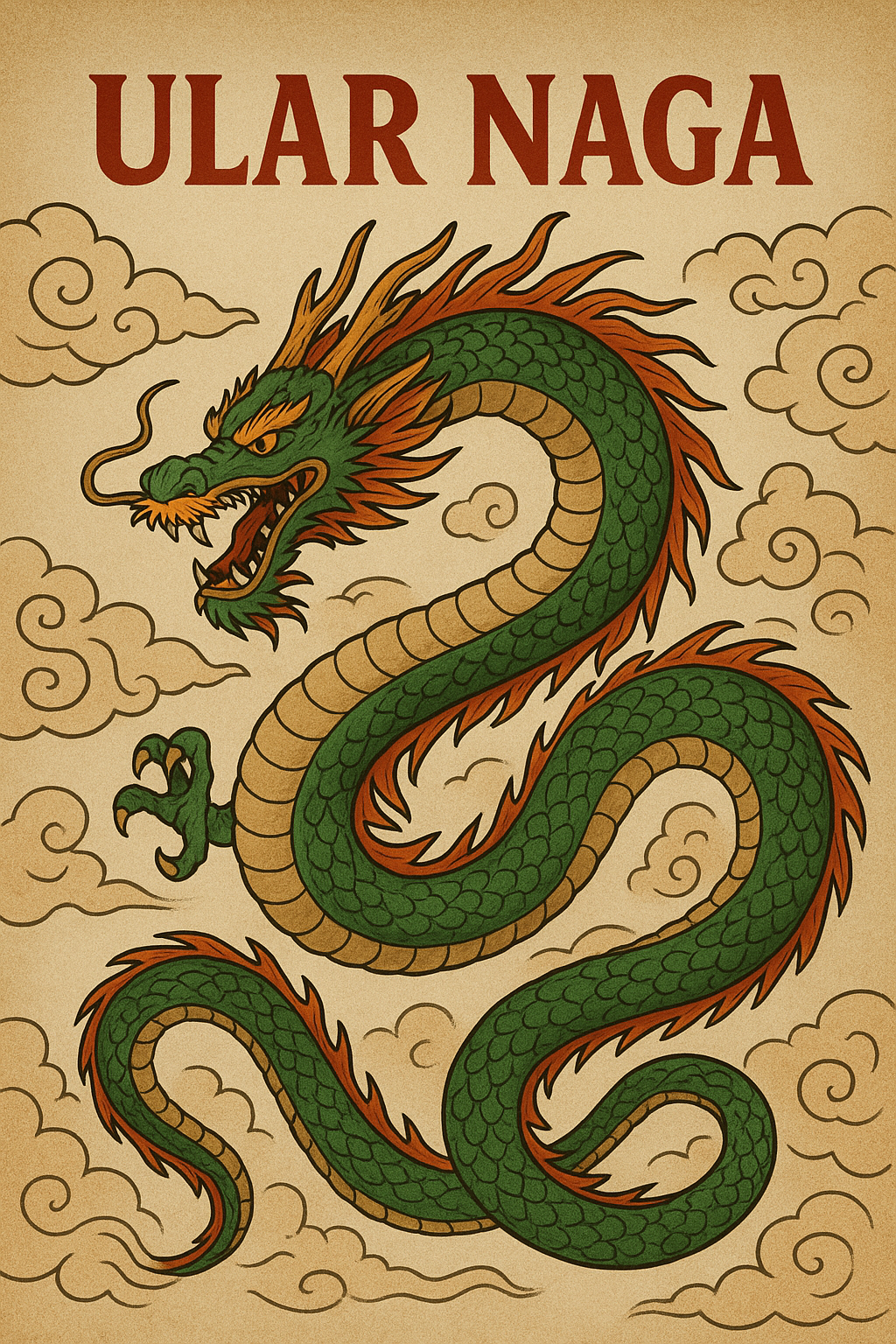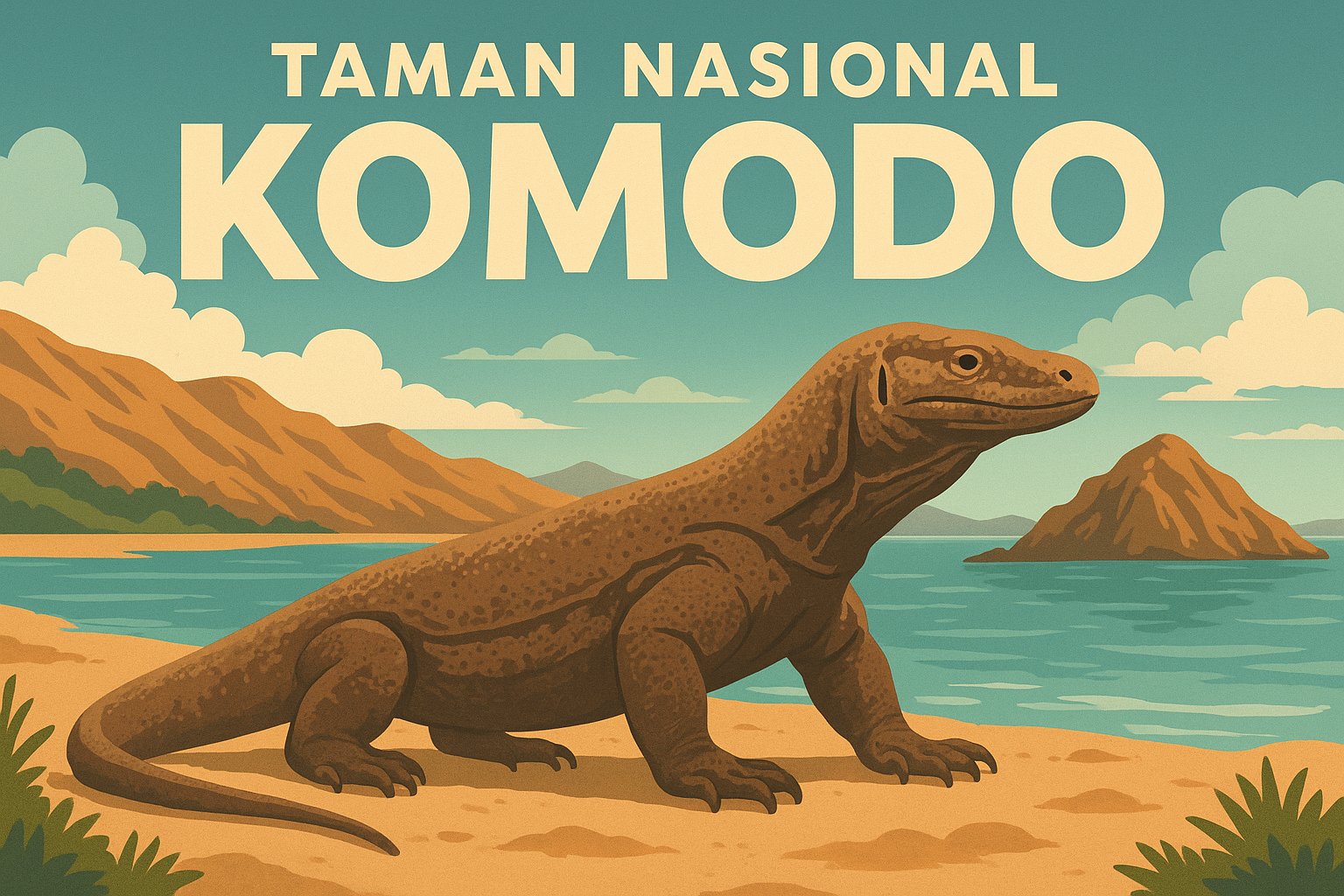The Dragon Snake, known as Ular Naga in Indonesian folklore, has captivated human imagination for centuries. This extraordinary creature is a fascinating blend of reality and mythology. Across various cultures, dragon-like serpents symbolize power, mystery, and the unknown. In this article, we explore the Dragon Snake in-depth, examining its origins, symbolism, habitats, cultural significance, and intriguing myths.
Origins and Mythology of the Dragon Snake
The idea of the Dragon Snake has roots in multiple cultural mythologies. In Southeast Asia, particularly Indonesia, the Ular Naga is often depicted as a long, serpentine creature with dragon-like features, sometimes imbued with magical abilities. Unlike ordinary snakes, these creatures are believed to possess wisdom and mystical powers.
In Chinese mythology, dragons are revered as powerful symbols of strength and protection, and the Dragon Snake shares many traits with these legendary beings. In some tales, the Dragon Snake guards treasures or sacred temples, embodying vigilance and supernatural wisdom.
Interestingly, the Dragon Snake myth also appears in European folklore, where serpentine dragons are often guardians or harbingers of profound truths. Across cultures, the Dragon Snake is not just a fearsome creature—it is a symbol of transformation, mystery, and hidden knowledge.
Physical Appearance of the Dragon Snake
Although largely mythical, depictions of the Dragon Snake often combine features of real snakes with fantastical elements. Common attributes include:
- Serpentine Body: Long, flexible, and elegant, resembling a giant snake.
- Dragon-Like Head: Often adorned with horns or frills, emphasizing its mystical origin.
- Scales and Colors: Bright, iridescent scales in shades of green, gold, or red, representing both danger and beauty.
- Eyes and Gaze: Large, intelligent eyes that seem to perceive hidden truths.
These descriptions vary from culture to culture, yet all share a common theme: the Dragon Snake is majestic, awe-inspiring, and enigmatic.
Habitats of the Dragon Snake
In folklore, Dragon Snakes are believed to inhabit remote and mysterious regions, far from human settlements. Popular mythological habitats include:
- Sacred Mountains: High-altitude areas often associated with spiritual power.
- Deep Forests: Dense jungles where the creature can move unseen, symbolizing the unknown.
- Rivers and Lakes: Water is a recurring element in dragon myths, representing life, fluidity, and wisdom.
Some stories even suggest that Dragon Snakes guard ancient treasures or hidden knowledge deep underground, making them symbols of secrets and protection.
Dragon Snake in Culture and Symbolism
The Dragon Snake has a rich presence in cultural and spiritual symbolism:
- Wisdom and Knowledge: The serpent represents hidden knowledge, and combining it with the dragon amplifies its mystical wisdom.
- Protection and Guardianship: Many myths describe Dragon Snakes as protectors of sacred places, treasures, or ancient secrets.
- Transformation and Rebirth: Like snakes that shed their skin, the Dragon Snake symbolizes renewal, transformation, and spiritual growth.
- Balance of Power: Combining dragon strength with serpentine agility, the creature embodies balance between might and subtlety.
In Indonesia, the Ular Naga is often celebrated in local art, traditional dances, and folklore, showcasing its enduring influence on culture and imagination.
Scientific Interpretations
While the Dragon Snake is primarily a mythological creature, some researchers suggest that sightings of unusually large snakes may have inspired these legends. Species such as the Python reticulatus (reticulated python) or Bungarus caeruleus (king cobra) exhibit traits that could have sparked imaginations centuries ago.
Furthermore, fossil records reveal that ancient serpents and dragon-like reptiles existed millions of years ago, which may have contributed to dragon myths worldwide. Although these creatures are not literal Dragon Snakes, they provide a plausible explanation for the origins of the myth.
Dragon Snake in Modern Pop Culture
The Dragon Snake continues to inspire modern literature, movies, and video games. Its blend of beauty, danger, and mystery makes it a popular figure for storytelling. Examples include:
- Fantasy Novels: Featuring dragon-serpent hybrids as guardians or mystical creatures.
- Animated Films: Depicting the Ular Naga as both a protector and a symbol of wisdom.
- Video Games: Where players encounter Dragon Snakes as rare, powerful, or magical adversaries.
This modern adaptation keeps the Dragon Snake alive in contemporary imagination, bridging ancient myths with modern fantasy.
Famous Legends Involving Dragon Snakes
Some notable legends across Southeast Asia include:
- The Java Dragon Snake: Said to protect sacred temples in central Java, appearing only to those pure of heart.
- The Sumatra Ular Naga: A river guardian believed to prevent floods and protect fishermen.
- Balinese Mythology: The Dragon Snake often appears in ceremonial art, embodying protection and spiritual energy.
These stories highlight the Dragon Snake’s dual nature: a fearsome creature and a benevolent guardian.
How the Dragon Snake Inspires Spiritual Practices
In spiritual traditions, the Dragon Snake serves as a symbol for meditation, reflection, and enlightenment. Some practices focus on:
- Visualizing the Dragon Snake: Imagining its form during meditation to invoke wisdom and strength.
- Dream Interpretation: Dreaming of a Dragon Snake is often seen as a sign of personal transformation or hidden insight.
- Ritual Art: Traditional carvings or paintings depicting the Ular Naga are used to attract positive energy and protection.
This demonstrates how the Dragon Snake transcends physical appearance, becoming a symbol of inner growth and spiritual awareness.
Conservation Lessons from Mythology
While Dragon Snakes are mythical, they remind us of real-world conservation: protecting rare and endangered reptiles, preserving forests, rivers, and habitats that inspire these legends. The Ular Naga teaches humans to respect nature, highlighting the interconnectedness of myth, culture, and the environment.
Conclusion
The Dragon Snake, or Ular Naga, embodies a unique blend of mythology, culture, and imagination. From its serpentine elegance and mystical powers to its symbolic role in wisdom, protection, and transformation, this legendary creature continues to captivate humans. Whether through ancient folklore or modern pop culture, the Dragon Snake reminds us of the enduring power of myth and our fascination with creatures that exist on the threshold of reality and imagination.
By exploring its origins, symbolism, and cultural impact, we gain a deeper understanding of the Dragon Snake and the timeless human fascination with serpents, dragons, and the mysteries they represent.




